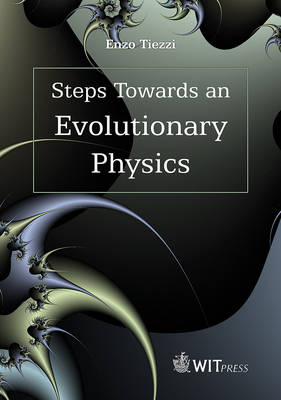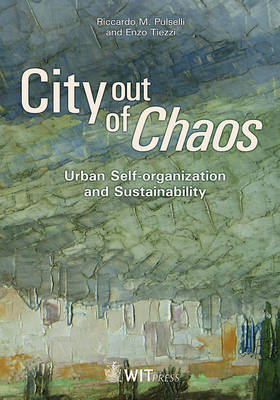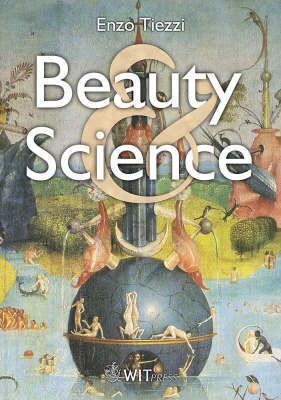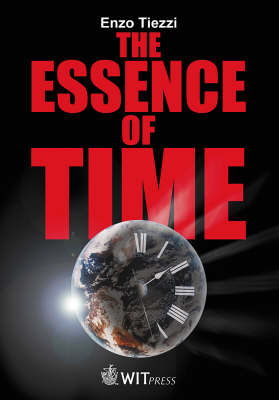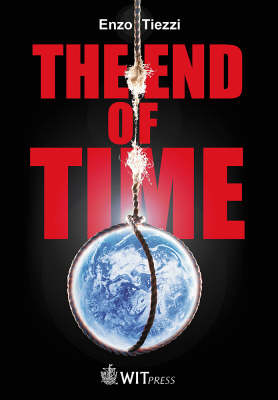Sustainable World
3 primary works • 6 total works
Book 10
Book 15
If thermodynamics is to physics as logic is to philosophy, recent theoretical advancements lend new coherence to the marvel and dynamism of life on Earth. Enzo Tiezzi's Steps Towards an Evolutionary PhysicsA" is a primer and guide, to those who would to stand on the shoulders of giants to attain this view: Heisenberg, Planck, Bateson, Varela, and Prigogine as well as notable contemporary scientists. The adventure of such a free and enquiring spirit thrives not so much on answers as on new questions. The book offers a new gestalt on the uncertainty principle and concept of probability. A wide range of examples, enigmas, and paradoxes lead one's imagination on an exquisite dance. Among the applications are: songs and shapes of nature, oscillatory reactions, orientors, goal functions and configurations of processes, and dissipative structures and the cityA". Ecodynamics is a new science, which proposes a cross-fertilization between Charles Darwin and Ilya Prigogine. As an enigma in thermodynamics, Entropy forms the basis for this linkage, because it has the intrinsic properties of time irreversibility, quality and information that other thermodynamic functions lack.With fantastic illustration of cycles, the arrow of time, and events, Tiezzi presents a new lexicon for an evolutionary approach to chemistry and physics. This book provides a foothold, a step itself, in the climb toward understanding complexity in an evolving biosphere.
Book 19
The rhythms of technology and nature are out of phase. This fact underlies the global environmental crisis. Man-made perturbations, even small local ones, can trigger large-scale effects. To reinstate an alliance between humans and nature, as described by Prigogine, the father of evolutionary physics, it is necessary to learn to observe the general behaviour and evolution of real systems, including human systems in their context. The theories of chaos and complexity can help us to understand these systems: all natural and man-made processes on our planet have a common matrix and are interconnected. Evolutionary physics is the study of the emergence of novelty from the complex fabric of relationships of which we are part. It explains the formation of living structures and their evolution in a dynamic world. Dissipative structures, steady state systems, self-organization, fluctuations and feedback are some of the concepts considered by the authors in their treatment of complex systems such as climate, society, economies and cities. The book is specifically concerned with cities.The aim of the authors is to promote a new operative approach to the study of urban systems through an integrated, systemic view of their components and relations with the outside. Evolutionary science opens new development prospects for cities in the framework of sustainability. Readers will find discussions on monitoring techniques, environmental accounting, sustainability indicators, ways of representing cities through systems language, measurement of flows and stocks, mobile geographies and dynamic mapping. The authors, an architect and a physical chemist, draw examples from literature, contemporary art, oscillating chemical reactions, architecture, invisible cities, imaginary characters, snow flakes and hurricanes. The book represents a meeting of science, technology, arts and philosophy, which it is hoped will produce something new.
v. 10
Technology subjugates the environment for economic purposes. Biotechnologies exploit life and living organisms. Science, now preoccupied with applied knowledge, has lost its ancient appreciation of beauty. In this book, the distinguished author examines a planet threatened by human attempts to dominate nature, the unforeseen consequences of 'progress' and a postmodern society increasingly hostile to basic human psychic needs. In order to rescue global resources for future generations and promote human government of human beings, he suggests a reappraisal of the aesthetic element present in nature, a mixing of science, poetry, creative mathematics and artistic imagination. He does this through narrative and anecdotes, masterfully drawing on historical, philosophical, scientific, literary, artistic and other sources.
v. 2
With the ever-accelerating pace of daily life, the modern age seems to demand that science, too, should respond at speed. In this book Enzo Tiezzi highlights the continuity between the physical-mathematic and humanistic sciences. He also urges us to reflect on the tempo of the modern era, and to contrast it with the brilliance and complexity of the human relationship with a living world. A guide to the key scientific ideas of our time which relate ecology with economy with the laws of thermodynamics, and those that highlight an understanding of the human relationship with planet earth, the text traces themes such as entropy to negentropy, flux of energy and material and information. The result is an exploration of great scientific depth and the most complete historical survey to date of the ideas behind ecological economics.
v. 1
This title, which crucially and originally identified the core of ecological crisis in the difference between rapid technological tempos and slow biological tempos, has now been translated into English. Twenty years ago many were realizing that the issues surrounding energy and the environment would present the defining challenges for a generation. The first edition of this book emphasised the need to reconcile the wants and pace of a modern generation with the hard reality that evolutionary history had already pre-determined a pace of her own. Tiezzi explained the relevance of cleaner energy and the critical need to search for sociological solutions. Presenting scenarios of "hard" and "soft" sustainability for the future, he posed the critical question: Will the scientific and cultural instruments we have be enough to combat the pressures of unsustainable human behaviour? Now fully revised and still highly relevant, this book should be of interest to technical and graduate audiences as well as general readers who wish to explore these issues further.

